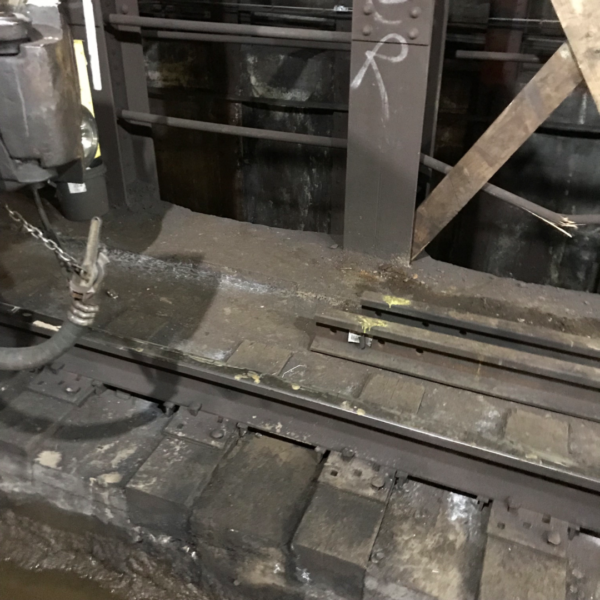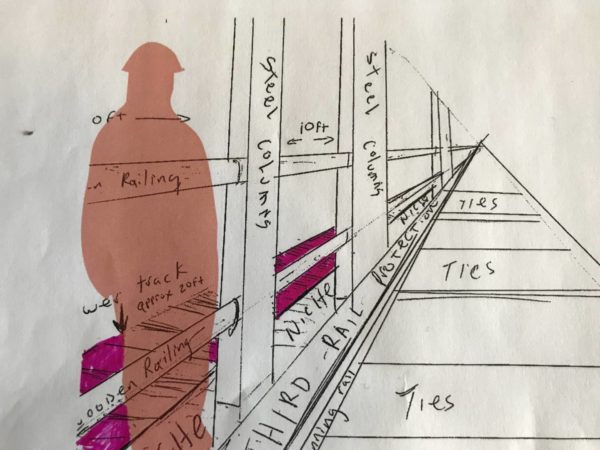New York, NY – Early Tuesday morning on March 20, 23-year-old track worker St. Clair Ziare Richards-Stephens fell to his death as he was making repairs to a subway tunnel in upper Manhattan. The accident happened inside the 4 and 5 train tunnel at 125th Street and Lexington Avenue; Richards-Stephens was on the job with two other men, who heard a scream but did not see the accident. He suffered head trauma and was pronounced dead at the scene. Richards-Stephens, who was from the Bronx, had been on the job for only six months.

The incident is currently under investigation, and as is the case with all subway accidents that result in fatalities, is looked at using a series of methodical steps, according to Paul Navarro, director, Subway Safety Track Division at TWU Local 100. It involves a re-enactment of the event at the exact location with the exact lighting and any other details replicated. And, if trains were involved, they are part of the scenario as well.

“We go through everything,” Navarro says. “The Office of System Safety participates. We listen to the witness statements, and try to piece together what happened.”
Additionally, there is a 24-hour “stand down” right away, where no workers go on the tracks anywhere in the system. A safety brief is conducted so every employee is aware of what happened. Grief counselors are available for the co-workers of the deceased; they are allowed three days of absences following the incident. The union is involved every step of the way; Novarro, himself, took part in the grim duty of notifying Richards-Stephens’ family, and was at the Medical Examiner’s office with them.

The question of what exactly happened has implications for worker safety and liability. Various published accounts say Richards-Stephens fell to his death after leaning back against wooden railings directly behind a niche that workers step into while “clearing up,” or getting out of the way of an oncoming train. However, other factors point to a possible different scenario. According to a union source, there were “scrap rails” – rails that had been removed from the tracks and were awaiting disposal – stacked at ankle height in front of the niche which could have caused the worker to trip. It’s not yet clear if Richards-Stephens was, in fact, clearing up, or from where he would have been coming – but he may have been crossing the tracks. A trip could have propelled him forward and provided the momentum needed to break the protective wooden rails, which, in any case, were described as “pre-historic” and correspondingly vulnerable. Also, helmets for the workers don’t have straps; Richards-Stephens’ helmet reportedly flew off as he fell.
There are similar railings throughout the system; they can be wood, metal, or fiberglass, and authorities say it is almost impossible to tell which given their blackened state. Navarro says he’s sure they will all be inspected going forward, and “new rules will be instituted.” However, this is not always a plus for workers. Navarro says there are so many rules that they are often used to blame the victim for violating them, and deny death benefits to the family, adding, “I’m not sure these are there to prevent accidents or protect liability.”



